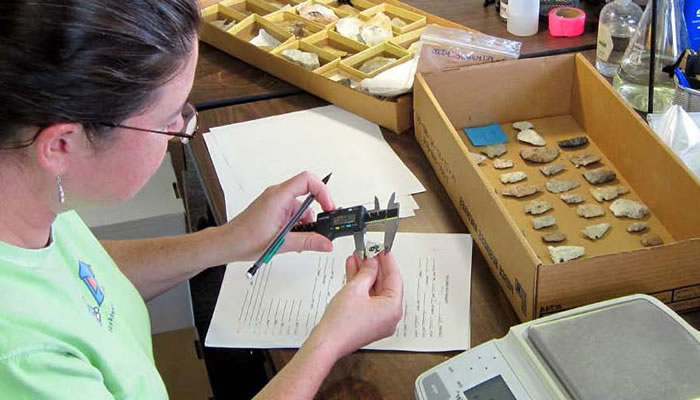The Forest Preserves’ new Natural and Cultural Resources Master Plan is the first formalized document to offer a strategy for prioritizing habitat restoration and archaeological preservation efforts across the preserves. The plan identifies which lands should be addressed first as we work toward the critical goal of restoring 30,000 acres over the next 25 years.
The plan also gives a comprehensive overview of the preserves’ rich resources and the challenges they face. It’s full of fascinating facts about the preserves and nature in Cook County. Here are a few:
- The NCRMP gave the Forest Preserves access to more than 600 Prairie Research Institute scientists and technicians. The year-long research process compiled data from across the preserves, digitizing about 12,000 documents.
- Cook County supports about 1,200 species of native plants, just over half the statewide total. That’s more than any other Illinois county.
- Nearly 700 acres in Cook County are high-quality habitats, most on forest preserve lands. Yet 54 percent of forest preserve land is either developed or degraded, much of it needing significant restoration.
- 332 bird species have been reported from Cook County.
- Forest preserve ponds and wetlands are some of the more biologically intact waters in Cook County. Surveys have recorded 52 fish species in forest preserve lakes and ponds since 1980, 46 of them native. The most abundant species was the bluegill.
- Wastewater contributes to about 70 percent of the flow in the Chicago River.
- The preserves contain at least 550 archaeological sites, 46 percent of all archaeological sites in Cook County.
- The entire history of human occupation in Cook County is represented in forest preserve archaeological sites, from the first Paleoindian travelers who entered the area after retreat of the glaciers 10,000 years ago to the German prisoners-of-war living in barracks on Forest Preserve property during WWII.
- Trading post sites, historic trails, river crossings and fortifications associated with French and British trading and military activities in the late 17th and early 18thcenturies have been found on forest preserve lands.
- Eighty percent of forest preserve lands have never been systematically investigated by professional archaeologists.
- Just over 37,000 acres of undeveloped lands remain in Cook County, so the Forest Preserves must move quickly to reach its goal of growing the preserves from 69,000 acres to 90,000.
- This county of five million people living near 69,000 acres of Forest Preserve property is uniquely positioned to serve as a model of coexistence between natural and urban areas.
Learn more about the Natural and Cultural Resources Master Plan.

